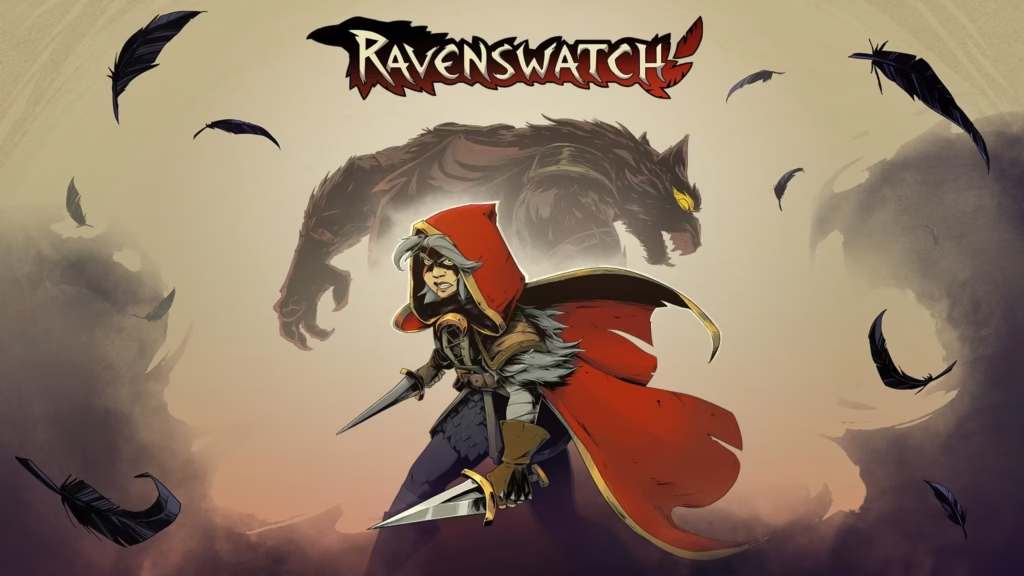
Ravenswatch
Ravenswatch is a captivating topic that intertwines the realms of mythology, symbolism, and cultural significance. Often associated with wisdom, mystery, and magic, ravens have long been regarded as powerful creatures in various folklore and traditions around the world. In this blog post, we will delve deep into the multifaceted nature of Ravenswatch, exploring its origins, meanings, and implications within different cultures hi88.
The Mythological Significance of Ravenswatch
Throughout history, ravens have played significant roles in mythologies across various civilizations. Their dark feathers and intelligent behavior have often led them to be seen as omens or messengers from other realms the thao hi88.
Symbolism Across Cultures
Ravens are rich in symbolism and meaning across many cultures. In Norse mythology, for instance, they are closely linked to Odin, the Allfather.
Odin had two ravens, Huginn and Muninn, which represented thought and memory, respectively. These birds flew across the world, gathering information to share with their master, thus symbolizing the importance of knowledge and intelligence. The image of the raven has become synonymous with wisdom and foresight, making it a potent symbol in both literature and art.
In contrast, in Native American traditions, ravens are often viewed as creators and tricksters. They are said to have brought light to the world after stealing it from the gods. This duality in their portrayal emphasizes the complexity of the raven’s character—sometimes wise and benevolent, other times cunning and mischievous.
Ravens in Literature and Art
The representation of ravens in literature and art further solidifies their status as powerful symbols. Edgar Allan Poe’s “The Raven” remains one of the most famous literary works featuring this enigmatic bird.
In the poem, the raven serves as a haunting messenger, embodying themes of loss, despair, and the inescapable nature of fate. Poe’s use of the raven as a symbol of mourning resonates deeply with readers, showcasing how these birds can evoke strong emotional responses.
Moreover, in visual arts, ravens have been depicted in various forms—from ancient carvings to contemporary paintings. Artists often utilize the raven’s striking appearance and rich history to explore themes of death, mystery, and the supernatural, providing insights into human emotions and experiences Ravenswatch.
Psychological Interpretations
The psychological interpretation of ravens transcends mere symbolism; it taps into the subconscious mind. Carl Jung, a prominent figure in psychology, associated ravens with the shadow aspect of the self, representing the darker, unknown parts of our psyche.


